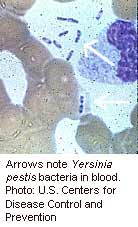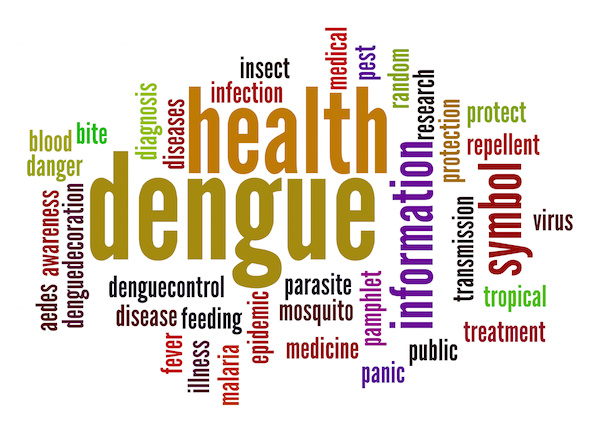
WEDNESDAY, June 13 (HealthDay News) — Although the plague is typically considered a remnant of the Middle Ages, when unsanitary conditions and rodent infestations prevailed amid the squalor of poverty, this rare but deadly disease appears to be spreading through wealthier communities in New Mexico, researchers report.
Why the plague is popping up in affluent neighborhoods isn’t completely clear, the experts added.
“Where human plague cases occur is linked to where people live and how people interact with their environment,” noted lead researcher Anna Schotthoefer, from the Marshfield Clinic Research Foundation in Wisconsin. “These factors may change over time, necessitating periodic reassessments of the factors that put people at risk.”
This latest study confirms previous reports that living within or close to the natural environments that support plague is a risk factor for human plague, Schotthoefer said.
Plague is caused by a fast-moving bacteria, known as Yersinia pestis, that is spread through flea bites (bubonic plague) or through the air (pneumonic plague).
The new report comes on the heels of the hospitalization on June 8 of an Oregon man in his 50s with what experts suspect is plague. According to The Oregonian, the man got sick a few days after being bitten as he tried to get a mouse away from a stray cat. The cat died days later, the paper said, and the man remains in critical condition.
For the new study, published in the July issue of Emerging Infectious Diseases, the researchers used U.S. Census Bureau data to pinpoint the location and socioeconomic status of plague patients.
About 11 cases of plague a year have occurred in the United States since 1976, with most cases found in New Mexico. Plague has also been reported in a handful of other states.
Although many cases were in areas where the habitat supports rodents and fleas, the researchers also found cases occurring in more upper-class neighborhoods. In the 1980s, most cases occurred where housing conditions were poor, but more recently cases have been reported in affluent areas of Santa Fe and Albuquerque, the investigators found.
“The shift from poorer to more affluent regions of New Mexico was a surprise, and suggests that homeowners in these newly developed areas should be educated about the risks of plague,” Schotthoefer said.
Schotthoefer noted that these more affluent areas where plague occurred were regions where new housing developments had been built in habitats that support the wild reservoirs of plague, which include ground squirrels and woodrats.
Bubonic plague starts with painful swellings (buboes) of the lymph nodes, which appear in the armpits, legs, neck or groin. Buboes are at first a red color, then they turn a dark purple color, or black. Pneumonic plague starts by infecting the lungs. Other symptoms include a very high fever, delirium, vomiting, muscle pains, bleeding in the lungs and disorientation.
In the 14th century, a plague called the Black Death killed an estimated 30 percent to 60 percent of the European population. Victims died quickly, within days after being infected.
Infectious disease expert Dr. Marc Siegel, an associate professor of medicine at NYU Langone Medical Center in New York City, said he doesn’t expect to see that kind of outbreak ever again.
“This is not a disease of the past, but you are never going to see a massive outbreak of plague in this country,” he said.
“We don’t have the public health problems we used to have and people would be quickly confined if there were ever a large number of cases,” Siegel explained.
Yet, it is not surprising to see plague in these more affluent areas, he noted.
“We know that plague only exists where you have wild animals, and once a reservoir of plague is already present it is likely to persist,” Siegel explained. “It isn’t only about squalor; it’s about where the reservoir is.”
However, if the disease is caught early it is treatable with antibiotics, Siegel added.
More information
For more information on plague, visit the U.S. National Library of Medicine.

